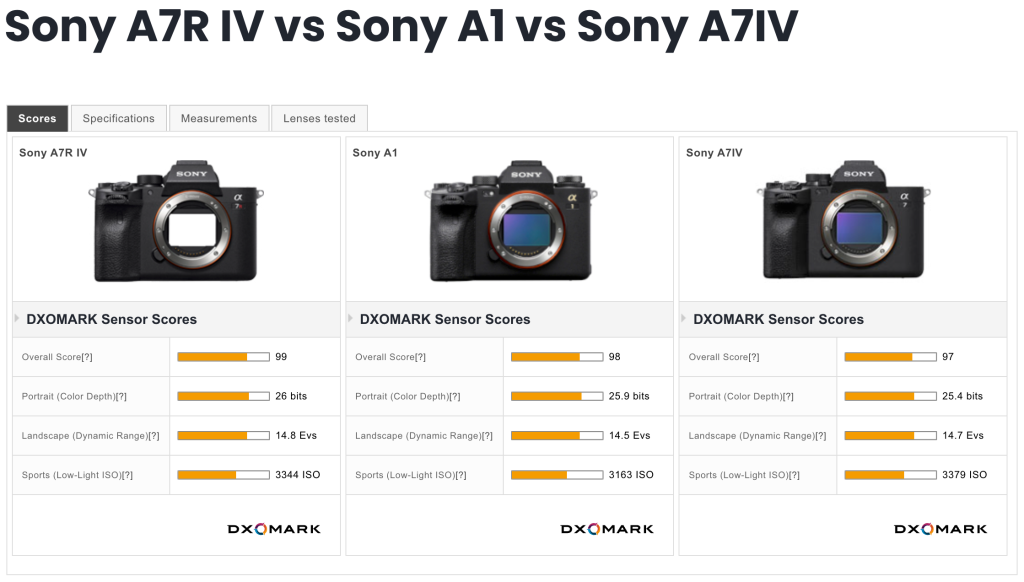The Sony 28/60mm f/4-f/5.6 is a small lens that was initially provided a kit lens for the Sony A7C a 24 megapixel low end camera.
There have been several discussion on underwater forum about the performance of water contact optics adapters to see what is best etc etc.
However I could not find any proper resolution test for this lens so I thought of giving it a go myself.
Dpreview has a decent sample gallery.
Official Test Data from Sony
You can find the lens specifications on Sony website https://www.sony.co.uk/electronics/camera-lenses/sel2860/specifications
The lens is nothin special mostly plastic but it is weather sealed. It has only 7 aperture blades so this is a lens for snapping around happily topside but not exactly a top of the range device.

The construction comprises 8 elements in 7 groups. Sony publishes the MFT resolution chart for this lens on their website.

Sony has some strange nomenclature however for reference images [3] is at 28mm f/4 and [4] 28mm at f/8.
[5] and [6] are at 60mm less interesting for underwater purposes.
The red lines indicate a resolution of 10 lp/mm which is a really low value (the A1 sensor resolves up to 120 lp/mm). The blue lines indicate 30 lp/mm, The [10] indicates Sagittal and [11] meridional lines.
Read this excellent article from Nikon on MTF to understand how to read the graph.
What graphic [3] is telling us is that as we move away from the centre of the frame both sagittal and meridional lines drop in contrast.
Graph [4] shows that at f/8 the deterioration as we move towards the edge of the frame is more contained neverthless meriodional lines drop considerably.
While we cannot conclude how this lens will compare to other lenses what we see from the MFT is that the 28-60mm as tested performs better at f/8 than it does at f/4 when used at 28mm. In fairness it seems to be the same situation at 60mm but the gap between f/4 and f/8 is much less.
I found a good test here aligned to what you will read here to a good extent.
Practical Home Made Test
I sourced a cushion with a complex embroided decoration.
With the camera on a tripod a remote release and one off camera strobe I took shots at f/4 f/5.6 f/8 and f/11. I run tests with the camera poiting at the centre with field of curvature and off centre with the centre of the cushion at the edges.

Here are my findings.
Centre Performance

As anticipated the lens is not sharper in the center when wide open.

At f/5.6 the difference with f/8 is minimal

Stopping down to f/11 gives a mild deterioration.
Looking at centre I would say f/5.6 to f/8 is the way to go.
Edge Performance
Let’s see the situation at the edges.

f/4 was not better in the centre and is pretty bad at the edge.

Stopping down to f/8 sees an improvement the situation is not great though.

At f/11 the edges are ok.
So looking at edge performance I would use this lens between f/8 and f/11.
Full resolution examples here




Consideration for use underwater
Looking at the lens in isolation I would think the starting point is f/8 with one stop up or down depending on the situation. This lens is not good wide open and beyond f/11 resolution starts to drop.
Alex Mustard has taken some comparison shots between the WACP-1 and the WWL-1 and his conclusion is that the performance of the WACP-1 at f/4 is similar to the WWL-1 at f/6.3. Based on my tests I would frankly not bother shooting this lens at f/4 the quality is just not there. The starting point would be f/8 and f/11 does not deteriorate edge performance that much but of course needs more light. Wider aperture like f/5.6 may be good for blue water shots.
My opinion is that this lens will not offer amazing sharpness no matter which adapter you use and is likely to stop at 26-28 megapixel in reality if not less depending on conditions, assuming your starting point is a camera with more than 40 megapixels.
it would be interesting to compare the water contact options at the aperture of f/8 and f/11 but we can safely conclude that the 28-60mm is not going to be a champion for ambient light shots in low light because the performance wide open is not great.
If I had to invest into the best image quality I would be looking at a different master lens and a larger water contact optic such as the WACP-1.
Additional Information
I have created some stir on the fact that this lens is quite weak but it actually is.
I took the same shots with my 24-70mm GMII and I can say that there are 3 stops difference at the edges between those lenses
The 24-70 at 28mm at f/4 is the same of the 28-60mm at f/11
This is a 200% crop of the edges
















